1.Identification
1.1 GHS Product identifier
| Product name | Methyl acrylate |
|---|
1.2 Other means of identification
| Product number | - |
|---|---|
| Other names | Curithane 103 |
1.3 Recommended use of the chemical and restrictions on use
| Identified uses | For industry use only. Adhesives and sealant chemicals,CBI,Fuels and fuel additives,Intermediates,Laboratory chemicals,Process regulators,Solvents (which become part of product formulation or mixture),Surface active agents |
|---|---|
| Uses advised against | no data available |
1.4 Supplier's details
| Company | MOLBASE (Shanghai) Biotechnology Co., Ltd. |
|---|---|
| Address | Floor 4 & 5, Building 12, No. 1001 North Qinzhou Road, Xuhui District, Shanghai, China |
| Telephone | +86(21)64956998 |
| Fax | +86(21)54365166 |
1.5 Emergency phone number
| Emergency phone number | +86-400-6021-666 |
|---|---|
| Service hours | Monday to Friday, 9am-5pm (Standard time zone: UTC/GMT +8 hours). |
2.Hazard identification
2.1 Classification of the substance or mixture
Flammable liquids, Category 2
Acute toxicity - Oral, Category 4
Acute toxicity - Dermal, Category 4
Skin irritation, Category 2
Eye irritation, Category 2
Skin sensitization, Category 1
Acute toxicity - Inhalation, Category 4
Specific target organ toxicity – single exposure, Category 3
2.2 GHS label elements, including precautionary statements
| Pictogram(s) | 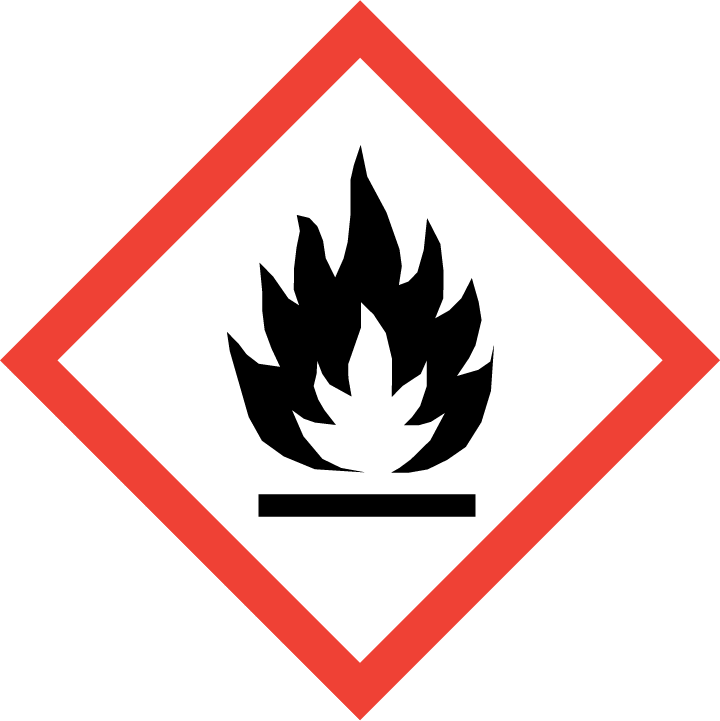 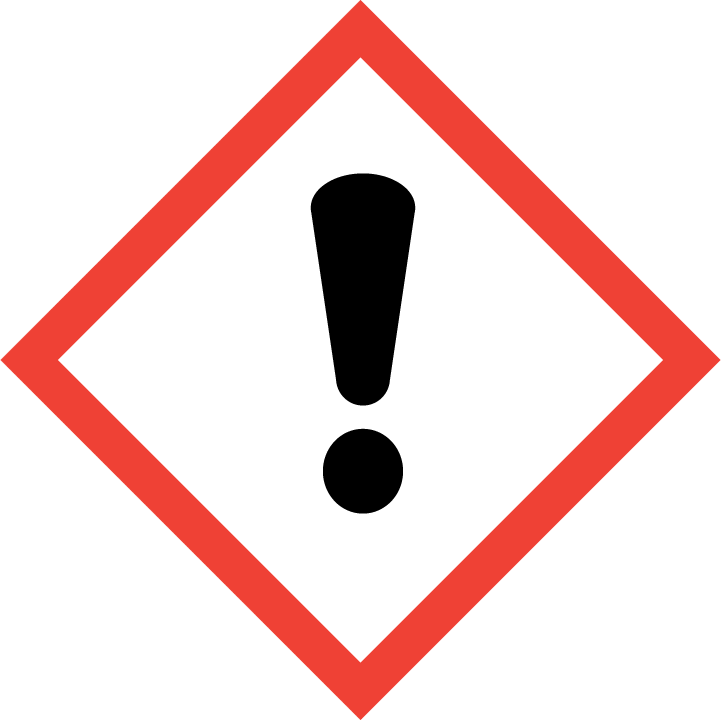 |
|---|---|
| Signal word | Danger |
| Hazard statement(s) | H225 Highly flammable liquid and vapour H302 Harmful if swallowed H312 Harmful in contact with skin H315 Causes skin irritation H319 Causes serious eye irritation H317 May cause an allergic skin reaction H332 Harmful if inhaled H335 May cause respiratory irritation |
| Precautionary statement(s) | |
| Prevention | P210 Keep away from heat, hot surfaces, sparks, open flames and other ignition sources. No smoking. P233 Keep container tightly closed. P240 Ground and bond container and receiving equipment. P241 Use explosion-proof [electrical/ventilating/lighting/...] equipment. P242 Use non-sparking tools. P243 Take action to prevent static discharges. P280 Wear protective gloves/protective clothing/eye protection/face protection. P264 Wash ... thoroughly after handling. P270 Do not eat, drink or smoke when using this product. P261 Avoid breathing dust/fume/gas/mist/vapours/spray. P272 Contaminated work clothing should not be allowed out of the workplace. P271 Use only outdoors or in a well-ventilated area. |
| Response | P303+P361+P353 IF ON SKIN (or hair): Take off immediately all contaminated clothing. Rinse skin with water [or shower]. P370+P378 In case of fire: Use ... to extinguish. P301+P312 IF SWALLOWED: Call a POISON CENTER/doctor/…if you feel unwell. P330 Rinse mouth. P302+P352 IF ON SKIN: Wash with plenty of water/... P312 Call a POISON CENTER/doctor/…if you feel unwell. P321 Specific treatment (see ... on this label). P362+P364 Take off contaminated clothing and wash it before reuse. P332+P313 If skin irritation occurs: Get medical advice/attention. P305+P351+P338 IF IN EYES: Rinse cautiously with water for several minutes. Remove contact lenses, if present and easy to do. Continue rinsing. P337+P313 If eye irritation persists: Get medical advice/attention. P333+P313 If skin irritation or rash occurs: Get medical advice/attention. P304+P340 IF INHALED: Remove person to fresh air and keep comfortable for breathing. |
| Storage | P403+P235 Store in a well-ventilated place. Keep cool. P403+P233 Store in a well-ventilated place. Keep container tightly closed. P405 Store locked up. |
| Disposal | P501 Dispose of contents/container to ... |
2.3 Other hazards which do not result in classification
none
3.Composition/information on ingredients
3.1 Substances
| Chemical name | Common names and synonyms | CAS number | EC number | Concentration |
|---|---|---|---|---|
| Methyl acrylate | Methyl acrylate | 96-33-3 | none | 100% |
4.First-aid measures
4.1 Description of necessary first-aid measures
General advice
Consult a physician. Show this safety data sheet to the doctor in attendance.
If inhaled
Fresh air, rest. Refer for medical attention.
In case of skin contact
Remove contaminated clothes. Rinse skin with plenty of water or shower. Refer for medical attention .
In case of eye contact
First rinse with plenty of water for several minutes (remove contact lenses if easily possible), then refer for medical attention.
If swallowed
Rinse mouth. Give one or two glasses of water to drink. Do NOT induce vomiting. Refer for medical attention .
4.2 Most important symptoms/effects, acute and delayed
May irritate skin, eyes, respiratory system, and gastro- intestinal tract. Fumes cause tears. (USCG, 1999)
4.3 Indication of immediate medical attention and special treatment needed, if necessary
Immediate first aid: Ensure that adequate decontamination has been carried out. If patient is not breathing, start artificial respiration, preferably with a demand-valve resuscitator, bag-valve-mask device, or pocket mask, as trained. Perform CPR as necessary. Immediately flush contaminated eyes with gently flowing water. Do not induce vomiting. If vomiting occurs, lean patient forward or place on left side (head-down position, if possible) to maintain an open airway and prevent aspiration. Keep patient quiet and maintain normal body temperature. Obtain medical attention. /Esters and related compounds/
5.Fire-fighting measures
5.1 Extinguishing media
Suitable extinguishing media
Use water spray, dry chemical, foam, or carbon dioxide. Use water spray to keep fire-exposed containers cool. Fight fire from protected location or maximum possible distance. /Methyl acrylate, inhibited/
5.2 Specific hazards arising from the chemical
Special Hazards of Combustion Products: Irritating vapors are generated in fires. Behavior in Fire: May polymerize. Vapor is heavier than air and may travel considerable distance to a source of ignition and flash back. (USCG, 1999)
5.3 Special protective actions for fire-fighters
Wear self-contained breathing apparatus for firefighting if necessary.
6.Accidental release measures
6.1 Personal precautions, protective equipment and emergency procedures
Use personal protective equipment. Avoid dust formation. Avoid breathing vapours, mist or gas. Ensure adequate ventilation. Evacuate personnel to safe areas. Avoid breathing dust. For personal protection see section 8.
6.2 Environmental precautions
Remove all ignition sources. Collect leaking and spilled liquid in covered containers as far as possible. Absorb remaining liquid in sand or inert absorbent. Then store and dispose of according to local regulations. Do NOT let this chemical enter the environment. Personal protection: chemical protection suit and filter respirator for organic gases and vapours adapted to the airborne concentration of the substance.
6.3 Methods and materials for containment and cleaning up
SRP: Wastewater from contaminant suppression, cleaning of protective clothing/equipment, or contaminated sites should be contained and evaluated for subject chemical or decomposition product concentrations. Concentrations shall be lower than applicable environmental discharge or disposal criteria. Alternatively, pretreatment and/or discharge to a permitted wastewater treatment facility is acceptable only after review by the governing authority and assurance that "pass through" violations will not occur. Due consideration shall be given to remediation worker exposure (inhalation, dermal and ingestion) as well as fate during treatment, transfer and disposal. If it is not practicable to manage the chemical in this fashion, it must be evaluated in accordance with EPA 40 CFR Part 261, specifically Subpart B, in order to determine the appropriate local, state and federal requirements for disposal.
7.Handling and storage
7.1 Precautions for safe handling
Avoid contact with skin and eyes. Avoid formation of dust and aerosols. Avoid exposure - obtain special instructions before use.Provide appropriate exhaust ventilation at places where dust is formed. For precautions see section 2.2.
7.2 Conditions for safe storage, including any incompatibilities
Fireproof. See Chemical Dangers. Cooled. Keep in the dark. Well closed. Store only if stabilized.Before entering confined space where this chemical may be present, check to make sure that an explosive concentration does not exist. Methyl acrylate must be stored to avoid contact with oxidizers (such as perchlorates, peroxides, permanganates, chlorates, and nitrates) since violent reactions occur. Store in tightly closed containers in a cool, well ventilated area away from heat and moisture. At temperatures above 20°C a violent reation could take place. Methyl acrylate should always be used with an inhibitor. Check that the correct concentration of inhibitor is used; if it is not, a violent reaction could occur. Sources of ignition, such as smoking and open flames, are prohibited where methyl acrylate is handled, used, or stored. Metal containers involving the transfer of 5 gallons or more of methyl acrylate should be grounded and bonded. Drums must be equipped with self-closing valves, pressure vacuum bungs, and flame arresters. Use only non-sparking tools and equipment, especially when opening and closing containers of methyl acrylate. Wherever methyl acrylate is used, handled, manufactured, or stored, use explosion-proof electrical equipment and fittings.
8.Exposure controls/personal protection
8.1 Control parameters
Occupational Exposure limit values
Recommended Exposure Limit: 10 hr Time-Weighted avg: 10 ppm (35 mg/cu m). Skin.
Biological limit values
no data available
8.2 Appropriate engineering controls
Handle in accordance with good industrial hygiene and safety practice. Wash hands before breaks and at the end of workday.
8.3 Individual protection measures, such as personal protective equipment (PPE)
Eye/face protection
Safety glasses with side-shields conforming to EN166. Use equipment for eye protection tested and approved under appropriate government standards such as NIOSH (US) or EN 166(EU).
Skin protection
Wear impervious clothing. The type of protective equipment must be selected according to the concentration and amount of the dangerous substance at the specific workplace. Handle with gloves. Gloves must be inspected prior to use. Use proper glove removal technique(without touching glove's outer surface) to avoid skin contact with this product. Dispose of contaminated gloves after use in accordance with applicable laws and good laboratory practices. Wash and dry hands. The selected protective gloves have to satisfy the specifications of EU Directive 89/686/EEC and the standard EN 374 derived from it.
Respiratory protection
Wear dust mask when handling large quantities.
Thermal hazards
no data available
9.Physical and chemical properties
| Physical state | colourless liquid |
|---|---|
| Colour | Colorless volatile liquid |
| Odour | Acrid odor |
| Melting point/ freezing point | 32°C(lit.) |
| Boiling point or initial boiling point and boiling range | 80°C(lit.) |
| Flammability | Class IB Flammable Liquid: Fl.P. below 22.78°C and BP at or above 37.78°C.Highly flammable. |
| Lower and upper explosion limit / flammability limit | Lower flammable limit: 2.8% by volume; Upper flammable limit: 25% by volume |
| Flash point | -3°C |
| Auto-ignition temperature | 467.78°C |
| Decomposition temperature | no data available |
| pH | no data available |
| Kinematic viscosity | 0.482 cP at 70 deg F |
| Solubility | In water:60 g/L (20 oC) |
| Partition coefficient n-octanol/water (log value) | log Kow = 0.80 |
| Vapour pressure | 67.5 mm Hg ( 20 °C) |
| Density and/or relative density | 0.956g/mLat 25°C(lit.) |
| Relative vapour density | 3 (vs air) |
| Particle characteristics | no data available |
10.Stability and reactivity
10.1 Reactivity
no data available
10.2 Chemical stability
Easily polymerizes on standing. The polymerization process can be speeded up by heat, light, and peroxides.
10.3 Possibility of hazardous reactions
Flammable liquidThe vapour is heavier than air and may travel along the ground; distant ignition possible. Vapours are uninhibited and may polymerize, causing blockage of vents.METHYL ACRYLATE ignites readily when exposed to heat, flame or sparks. Offers a dangerous fire and explosion hazard. Reacts vigorously with strong oxidizing materials. Forms peroxides when exposed to air that may initiate spontaneous exothermic polymerization. Peroxide formation usually proceeds slowly. Added inhibitor retards polymerization. If the inhibitor is consumed during long storage, explosive polymerization may occur [MCA Case History No. 2033]. Also subject to strongly exothermic polymerization if heated for prolonged periods or contaminated.
10.4 Conditions to avoid
no data available
10.5 Incompatible materials
Contact with nitrates and other oxidizing materials, incl peroxides and other initiators of polymerization, strong alkalies, and atmospheric moisture may cause fires & explosions.
10.6 Hazardous decomposition products
When heated to decompisition it emits acrid smoke and irritating fumes.
11.Toxicological information
Acute toxicity
- Oral: LD50 Rat oral 277 mg/kg
- Inhalation: LC50 Rat inhalation 1350 ppm/4 hr
- Dermal: no data available
Skin corrosion/irritation
no data available
Serious eye damage/irritation
no data available
Respiratory or skin sensitization
no data available
Germ cell mutagenicity
no data available
Carcinogenicity
CLASSIFICATION: D; not classifiable as to human carcinogenicity. BASIS FOR CLASSIFICATION: Based on inadequate evidence of carcinogenicity in animals and no human data. HUMAN CARCINOGENICITY DATA: None. ANIMAL CARCINOGENICITY DATA: Inadequate.
Reproductive toxicity
no data available
STOT-single exposure
no data available
STOT-repeated exposure
no data available
Aspiration hazard
no data available
12.Ecological information
12.1 Toxicity
- Toxicity to fish: no data available
- Toxicity to daphnia and other aquatic invertebrates: no data available
- Toxicity to algae: EC50; Species: Pseudokirchneriella subcapitata (Green algae, age 3-7 days); Conditions: freshwater, static, 24°C, pH 6.3-9.3; Concentration: 15.53 mg/L for 96 hr (95% confidence interval: 0-46.78 mg/L); Effect: decreased population biomass
- Toxicity to microorganisms: no data available
12.2 Persistence and degradability
AEROBIC: Methyl acrylate, present at 100 mg/L, reached 37% of its theoretical BOD in 14 days using an activated sludge inoculum at 30 mg/L in the Japanese MITI test(1). It has been suggested that methyl acrylate should degrade by biological sewage treatment processes with suitable acclimation(2).
12.3 Bioaccumulative potential
An estimated BCF of 3 was calculated in fish for methyl acrylate(SRC), using a log Kow of 0.80(1) and a regression-derived equation(2). According to a classification scheme(3), this BCF suggests the potential for bioconcentration in aquatic organisms is low(SRC).
12.4 Mobility in soil
Using a structure estimation method based on molecular connectivity indices(1), the Koc of methyl acrylate can be estimated to be 6(SRC). According to a classification scheme(2), this estimated Koc value suggests that methyl acrylate is expected to have very high mobility in soil. Methyl acrylate is highly soluble in water and, therefore, is not expected to significantly partition to sediments(3).
12.5 Other adverse effects
no data available
13.Disposal considerations
13.1 Disposal methods
Product
The material can be disposed of by removal to a licensed chemical destruction plant or by controlled incineration with flue gas scrubbing. Do not contaminate water, foodstuffs, feed or seed by storage or disposal. Do not discharge to sewer systems.
Contaminated packaging
Containers can be triply rinsed (or equivalent) and offered for recycling or reconditioning. Alternatively, the packaging can be punctured to make it unusable for other purposes and then be disposed of in a sanitary landfill. Controlled incineration with flue gas scrubbing is possible for combustible packaging materials.
14.Transport information
14.1 UN Number
| ADR/RID: UN1919 | IMDG: UN1919 | IATA: UN1919 |
14.2 UN Proper Shipping Name
| ADR/RID: METHYL ACRYLATE, STABILIZED |
| IMDG: METHYL ACRYLATE, STABILIZED |
| IATA: METHYL ACRYLATE, STABILIZED |
14.3 Transport hazard class(es)
| ADR/RID: 3 | IMDG: 3 | IATA: 3 |
14.4 Packing group, if applicable
| ADR/RID: II | IMDG: II | IATA: II |
14.5 Environmental hazards
| ADR/RID: no | IMDG: no | IATA: no |
14.6 Special precautions for user
no data available
14.7 Transport in bulk according to Annex II of MARPOL 73/78 and the IBC Code
no data available
15.Regulatory information
15.1 Safety, health and environmental regulations specific for the product in question
| Chemical name | Common names and synonyms | CAS number | EC number |
|---|---|---|---|
| Methyl acrylate | Methyl acrylate | 96-33-3 | none |
| European Inventory of Existing Commercial Chemical Substances (EINECS) | Listed. | ||
| EC Inventory | Listed. | ||
| United States Toxic Substances Control Act (TSCA) Inventory | Listed. | ||
| China Catalog of Hazardous chemicals 2015 | Listed. | ||
| New Zealand Inventory of Chemicals (NZIoC) | Listed. | ||
| Philippines Inventory of Chemicals and Chemical Substances (PICCS) | Listed. | ||
| Vietnam National Chemical Inventory | Listed. | ||
| Chinese Chemical Inventory of Existing Chemical Substances (China IECSC) | Listed. | ||
16.Other information
Information on revision
| Creation Date | Aug 12, 2017 |
|---|---|
| Revision Date | Aug 12, 2017 |
Abbreviations and acronyms
- CAS: Chemical Abstracts Service
- ADR: European Agreement concerning the International Carriage of Dangerous Goods by Road
- RID: Regulation concerning the International Carriage of Dangerous Goods by Rail
- IMDG: International Maritime Dangerous Goods
- IATA: International Air Transportation Association
- TWA: Time Weighted Average
- STEL: Short term exposure limit
- LC50: Lethal Concentration 50%
- LD50: Lethal Dose 50%
- EC50: Effective Concentration 50%
References
- IPCS - The International Chemical Safety Cards (ICSC), website: http://www.ilo.org/dyn/icsc/showcard.home
- HSDB - Hazardous Substances Data Bank, website: https://toxnet.nlm.nih.gov/newtoxnet/hsdb.htm
- IARC - International Agency for Research on Cancer, website: http://www.iarc.fr/
- eChemPortal - The Global Portal to Information on Chemical Substances by OECD, website: http://www.echemportal.org/echemportal/index?pageID=0&request_locale=en
- CAMEO Chemicals, website: http://cameochemicals.noaa.gov/search/simple
- ChemIDplus, website: http://chem.sis.nlm.nih.gov/chemidplus/chemidlite.jsp
- ERG - Emergency Response Guidebook by U.S. Department of Transportation, website: http://www.phmsa.dot.gov/hazmat/library/erg
- Germany GESTIS-database on hazard substance, website: http://www.dguv.de/ifa/gestis/gestis-stoffdatenbank/index-2.jsp
- ECHA - European Chemicals Agency, website: https://echa.europa.eu/







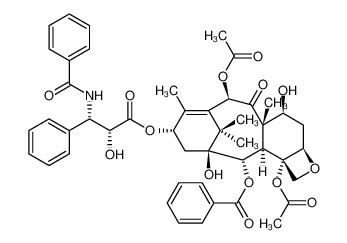

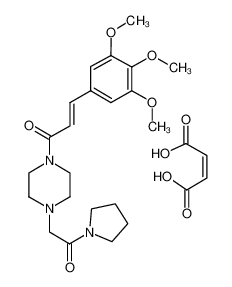
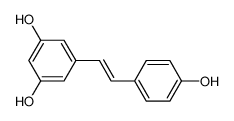

-
-
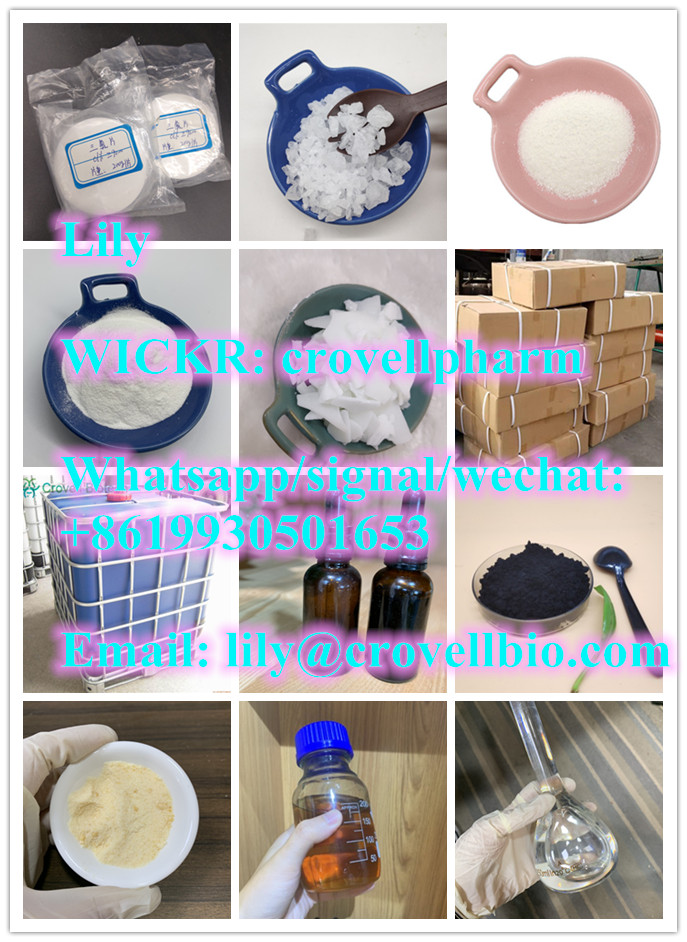
-
-
-

-
-
-

-
-
-

-
-
-

-
-
-

-
-
-

-
-
-

-
-
-

-
-
-
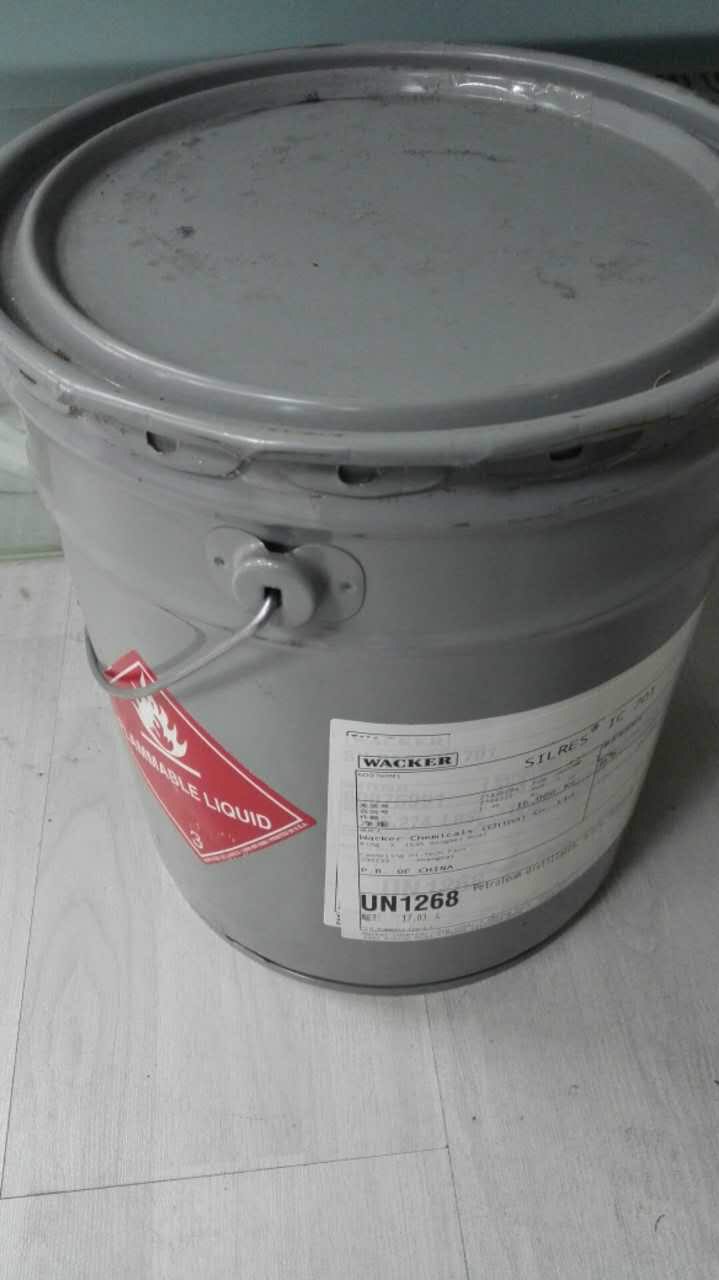
-
More Suppliers>>CHINA
Purity: 99.9%
Lead Time: 1 Day(s)
Price: Min $1 /噸
CHINA
Purity: 99.99%
Lead Time: 1 Day(s)
Price: Min $66 /kg
Hangzhou J&H Chemical Co., Ltd.
CHINA
Purity: 98%
Lead Time: 7 Day(s)
Price: -
CHINA
Purity: 99%
Lead Time: 14 Day(s)
Price: -
Henan Coreychem Co.,Ltd
CHINA
Purity: 98%
Lead Time: 3 Day(s)
Price: -
Hangzhou DayangChem Co., Ltd
CHINA
Purity: 98%
Lead Time: 7 Day(s)
Price: -
Skyrun Industrial Co., Limited
CHINA
Purity: 99%
Lead Time: 7 Day(s)
Price: -
Hangzhou Bingochem Co., Ltd.
CHINA
Purity: 98%
Lead Time: 7 Day(s)
Price: -
Shanghai Zhaori Chemical Co., Ltd.
CHINA
Purity: 46%
Lead Time: 14 Day(s)
Price: Min $2.17 /kg
Shanghai Xianhao Chemical Technology Co., Ltd.
CHINA
Purity: 99%
Lead Time: 14 Day(s)
Price: Min $33.33 /kg